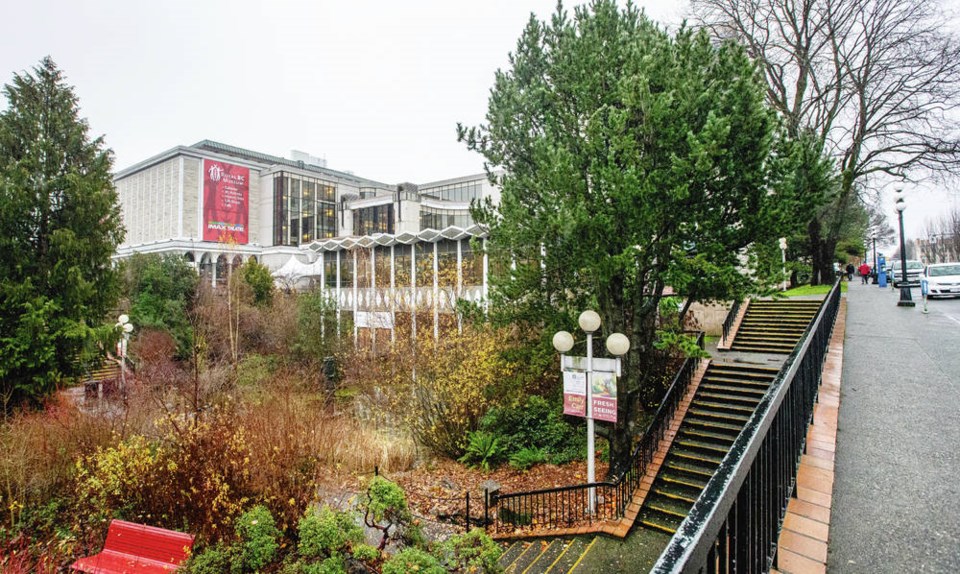The resignation of the Royal B.C. Museum’s CEO won’t solve the institution’s problem with systemic racism, but it represents a shift in accountability, says an expert in museums and race theory.
Sharanjit Kaur Sandhra, who is pursuing a PhD at the University of British Columbia examining the experiences of museum visitors through a critical race-theory lens, said Jack Lohman’s resignation shows museum leaders need to be held accountable when their institutions fail to reflect an accurate picture of everyone’s history and culture.
“He wasn’t necessarily the only problem, but he allowed the problems that are within his management structures to persist,” Sandhra said. “And he supported the people who were creating these toxic spaces to continue to hold positions of leadership and power.”
Lohman, hired in 2012, announced Tuesday he is resigning, two months after a diversity and inclusion consultant deemed the institution a “dysfunctional and toxic workplace, characterized by a culture of fear and distrust.”
The museum is the subject of a months-long investigation after Lucy Bell, the former head of the Indigenous collections and repatriation department, resigned in July, citing a culture of racism and discrimination.
In a farewell speech, Bell gave examples of racist comments directed at her by colleagues and executives over three and a half years, and said the final straw came when, during an anti-racism webinar, someone in her group said “it is proven science that native people can’t tolerate alcohol.”
News of Lohman’s resignation brought “a sigh of relief” for many people working at the museum, then questions about what will come next, Sandhra said. “I think we have to look towards a radical shift.”
She would like to see more diverse hiring practices to bring in perspectives and experiences that have been marginalized in the institution, as well as significant changes to permanent galleries that she said portray history from a white perspective.
She said she’s disappointed that Lohman and the board have never publicly said there is a systemic problem in the institution that needs addressing.
Sandhra stepped down from her role as a council member of the B.C. Museums Association in the fall, after the association’s board refused to endorse a public statement of support she wrote for Bell.
Troy Sebastian, who has worked as curator of Indigenous collections at the museum since October, said the museum needs to start by acknowledging it is a systemically racist space and thank Bell for naming the problem.
Sebastian, who is Ktunaxa, said he has also experienced discrimination, bullying and microaggressions.
He, too, would like to see an overhaul of the museum’s permanent galleries. “It still portrays Indigenous peoples as a vanishing Indian. If you go into the permanent gallery, our history ends at the time of the potlatch ban,” he said.
Premier John Horgan said Wednesday the Royal B.C. Museum is a national treasure and must be free of any hint of racism.
“I was alarmed by the allegations, multiple allegations, and work is being done in that regard,” said Horgan, who thanked Lohman for his service.
Horgan noted that he appointed the B.C. legislature’s only Indigenous woman MLA, Melanie Mark, as minister of tourism, arts, culture and sport, responsible for the museum.
“No one takes this more seriously than Minister Mark,” said Horgan, “and I’m grateful that she is in place at this difficult time, for not just the leadership, of course, at the museum, but all of those across British Columbia who look so fondly at the museum as a public asset, a real jewel for all British Columbians.”
Mark is working with the provincial government’s public service agency to ensure the allegations are followed up, said Horgan, adding there is no timeline for the completion of the report, but it will be made public.
Horgan said the province is working on anti-racism legislation that he hopes will be introduced this year.
Board chairman Dan Muzyka will serve as acting CEO until the museum hires Lohman’s replacement.



